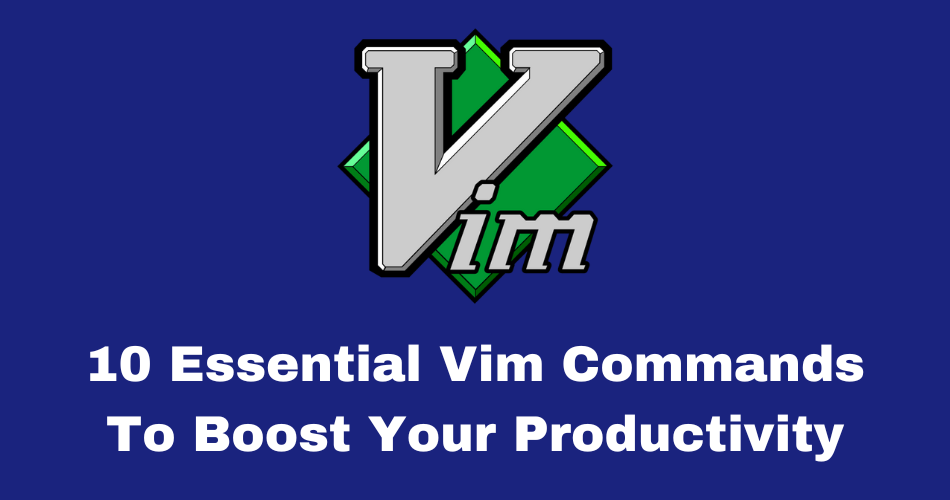For those who use Vim, having a good understanding of the essential commands can greatly enhance your efficiency and output. Discover 10 Essential Vim Commands to Boost Your Productivity and enhance your text editing efficiency
Table of Contents
Insert Mode
Press "i" to enter insert mode, where you can start typing your text. Press "ESC" to exit insert mode.
Save and Quit
Press ":wq" to save and quit the current file. You can also use ":w" to save the changes without quitting.
Undo and Redo
Press "u" to undo your last action, and "Ctrl+r" to redo it.
Copy, Cut and Paste
Press "y" to copy (yank) the selected text, "d" to cut (delete) it, and "p" to paste it.
Search
Press "/" followed by the search term to search for it within the file. Use "n" to move to the next match and "N" to move to the previous match.
Replace
Press ":s/old/new" to replace the first occurrence of "old" with "new". Add "g" at the end to replace all occurrences.
Move Cursor
Use the arrow keys to move the cursor one character at a time. Alternatively, use "h" to move left, "j" to move down, "k" to move up, and "l" to move right.
Delete
Use "x" to delete the character under the cursor, "dd" to delete the current line, and “D” to delete from the cursor to the end of the line.
Open and Close Files
Press ":e filename" to open a file, and ":q" to close it. You can also use ":wq" to save and close the file.
Visual Mode
Press "v" to enter visual mode, where you can select text with your cursor. Once selected, you can use commands such as "y" to copy, "d" to cut, and "p" to paste.
These key Vim commands will help you get things done faster and better with text files. To become more familiarize with these command and boost your efficiency, practice these things often.
Additional resources for Vim commands and shortcuts:
- Vim documentation: “Official Vim Documentation”
- Vim cheat sheet: “Vim Cheat Sheet”
- Vimcasts: “Vim Video Tutorials”
Got any queries or feedback? Feel free to drop a comment below!

